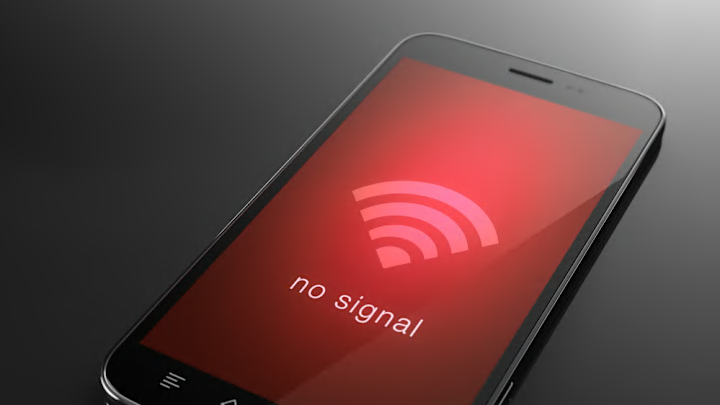I Traveled Without Taking a Single Photo

It wasn’t a challenge. It wasn’t a digital detox. It wasn’t even a conscious decision at first. I just… didn’t. I didn’t reach for my phone when the sun rose over the hills. I didn’t ask a stranger to snap a picture of me in front of the old cathedral. I didn’t document the food, the view, the outfit.
And at some point, a few days in, I realized I wasn’t going to. I was going to move through this trip without freezing it into pixels. And what followed was one of the most deeply felt experiences I’ve ever had on the road.
The Habit of Capturing
We take photos to remember, we tell ourselves. But often, we’re taking photos so quickly we forget to look first. We interrupt the moment to preserve it. We narrate the experience for an imagined future audience. We capture it… and then leave it behind.
I’ve done it countless times—snapped dozens of photos only to revisit a few. The image outlives the moment, but the feeling fades. This time, I wanted the feeling to stay. Not because I planned it that way, but because I started noticing what happened when I didn’t reach for my phone.
A Different Kind of Attention
Without the lens between me and the world, everything felt closer.
Colors seemed louder. Light hit surfaces in a way I wanted to memorize, not frame. I lingered longer—on faces, on textures, on the way the breeze moved through fabric hanging from balconies. I wasn’t composing a shot. I was inhabiting the moment.
My memory worked differently, too. I wasn’t offloading it to a screen. I was storing it the old-fashioned way—by paying close attention and letting it imprint somewhere deeper than my camera roll.
Presence Without Performance
Without photos to prove where I’d been, I moved through the trip differently. I didn’t think about how things looked—I thought about how they felt.
There was no need to find the “best angle.” No pressure to capture something beautiful for someone else’s eyes. It was mine, privately, and entirely.
And that privacy felt sacred. I wasn’t living the moment for an audience, even an imagined one. I was being there, just for me.
The Conversations Changed, Too
Without stopping to photograph every detail, I found myself talking more—asking locals questions instead of silently snapping their surroundings. I wasn’t behind a screen; I was in the scene.
And when I described the trip to friends later, I found I had more to say than usual. Not just, “Look at this photo,” but, “Let me tell you what it smelled like there, what the air felt like, what the woman at the café said when I asked for directions.”
The memories lived in language and emotion, not just in images.
What I Missed—and Didn’t Miss
Sure, there were moments I thought, That would’ve made a great photo. The way the lanterns swayed at night. The crooked little doorway with chipped teal paint. A view that seemed painted just for me.
But then the thought passed. And I stayed in the moment. I let my eyes—and my body—be enough to witness it.
And honestly? I didn’t miss the photos. I didn’t miss the urge to scroll through them later. I was too busy remembering.
The Takeaway: You Don’t Have to Capture to Keep
This isn’t a manifesto against photography. Photos can be beautiful, meaningful, powerful. But sometimes, the instinct to capture can dilute the moment it’s trying to preserve.
And what I learned, traveling without a single photo, is that memory isn’t fragile. It’s alive, especially when we nurture it with attention, not just documentation.
Some of my clearest, most vibrant travel memories now live only in my mind. No filter, no frame. Just feeling. And maybe, in the end, that’s the truest kind of souvenir.